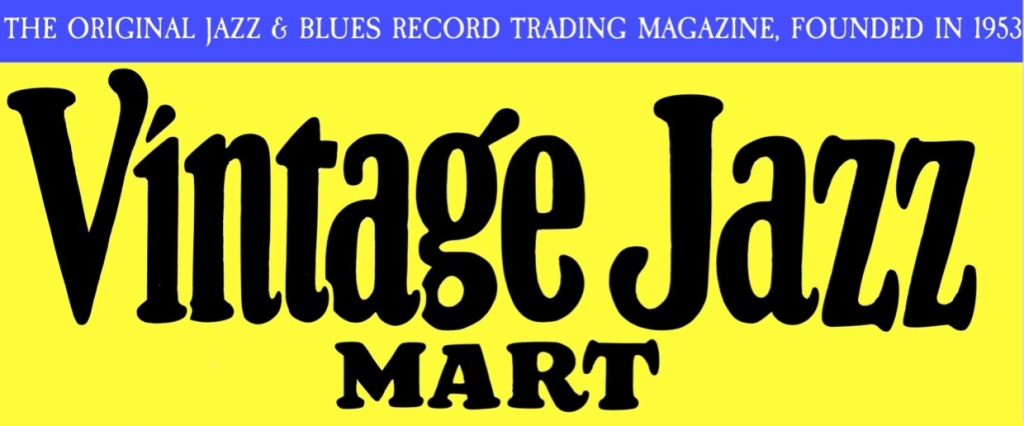We have thousands of thrilling jazz musicians on the scene today, wherever you look. But if I told an erudite listener that there had been a concert with all the eminences above on the same stage, two groups in the same evening, the reply might be, “You must be dreaming,” or something less gracious. But it did happen on the night of July 25, 1975, at the Nice Jazz Festival, and we have over an hour of videotape, broadcast on French television in 1988, to prove it.
Or, if it was a dream, the gorgeous tangible evidence remains.
The details: Everyone is introduced by the stellar cornetist Richard M. Sudhalter (who may have had his own session to go to?).
Clark Terry, trumpet; Buddy Tate, John Hardee, tenor saxophone; Gerry Wiggins, piano; Larry Ridley, double bass; Ray Mosca, drums; Helen Humes, vocal. THE HYMN / ROBBINS’ NEST / Introduction of Helen Humes / JUST IN TIME / MEAN TO ME / BIRTH OF THE BLUES / MILLION DOLLAR SECRET //
Benny Carter, alto saxophone; Illinois Jacquet, tenor saxophone; Kenny Drew, piano; Arvell Shaw, double bass; Bobby Rosengarden,, drums. ALL OF ME / MOP MOP / Drew toys with THE ENTERTAINER / MISTY (Carter) (NC) //
The great surprise and pleasure is the appearance of Texas tenor saxophonist John Hardee, who recorded a good deal between 1946-50, mostly for Blue Note Records, and then returned home to become a schoolteacher. More than one dubious biographical sketch online has him at the blackboard until his retirement, but this videotape (and a session for Black and Blue Records) show that he certainly could still play in very fast company, and following a most exuberant Buddy Tate on THE HYMN would test anyone’s mettle.
In the second set, it’s a pity that the broadcast didn’t include Benny Carter’s complete performance of MISTY, but what is here is like perfume.
Helen Humes is adorable as always, and I admire how easily Clark Terry is gently in control.
Please savor this:
This hour offers vivid proof of the lovely durability of great artists and their art.
May your happiness increase!









































































